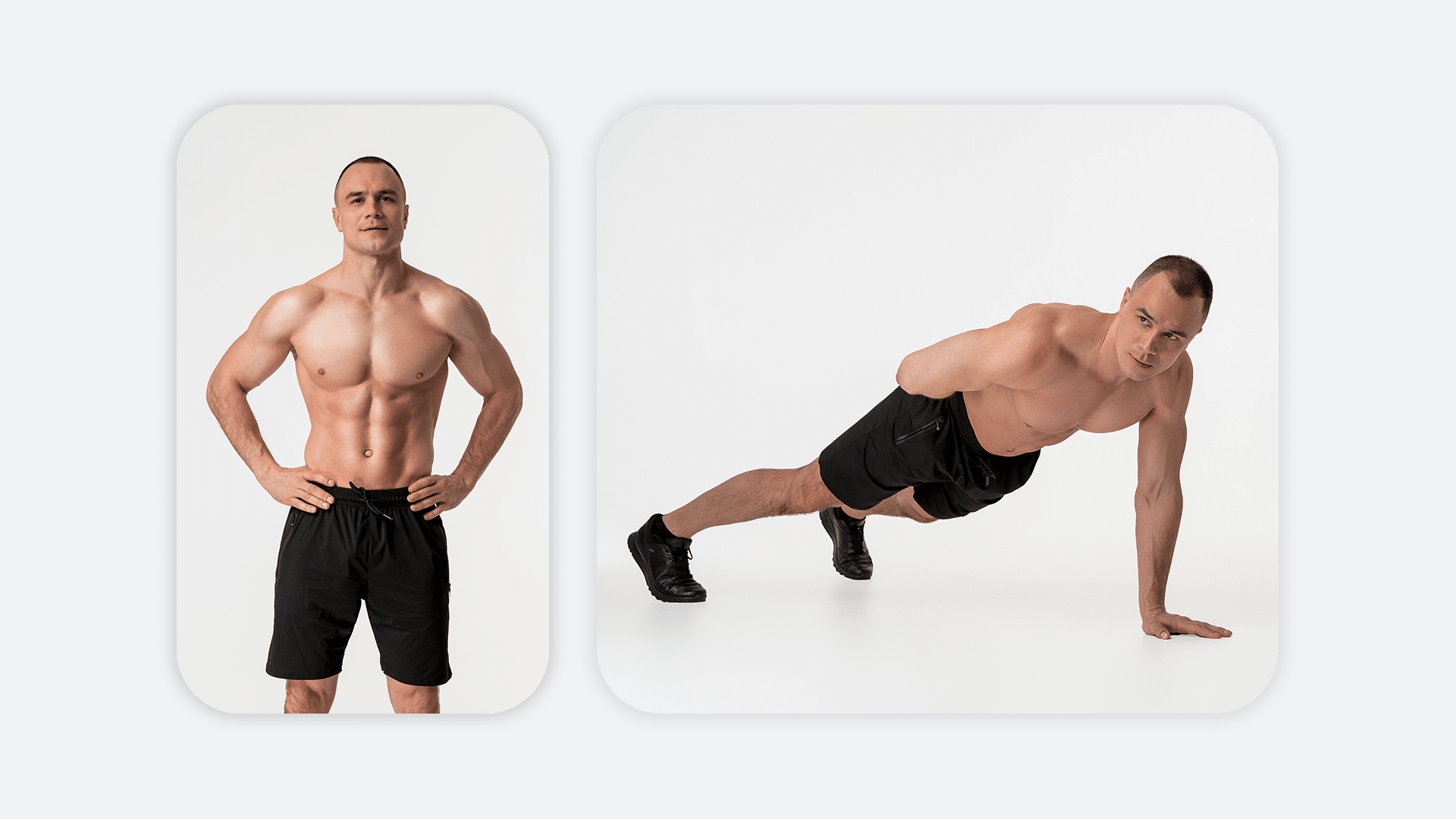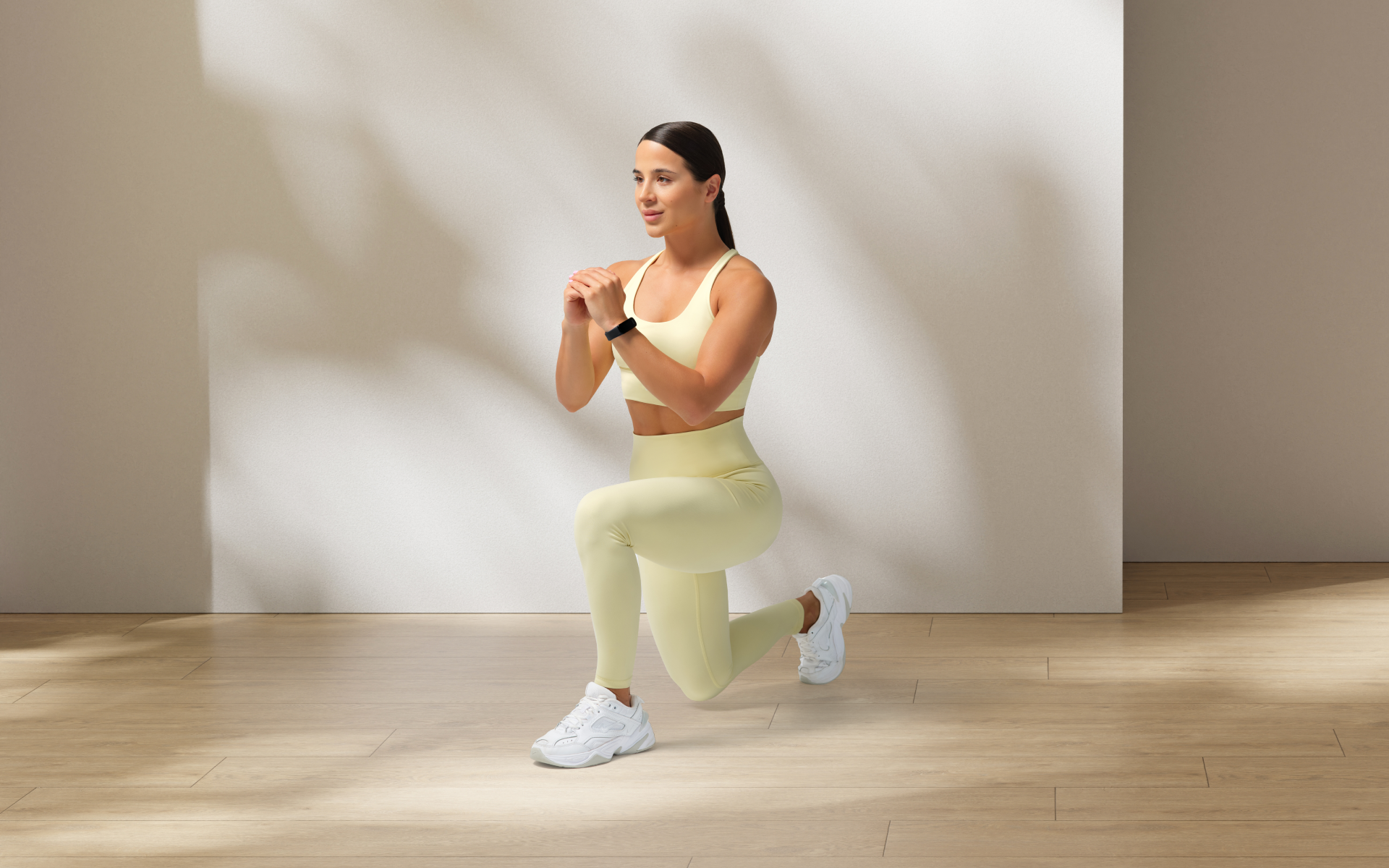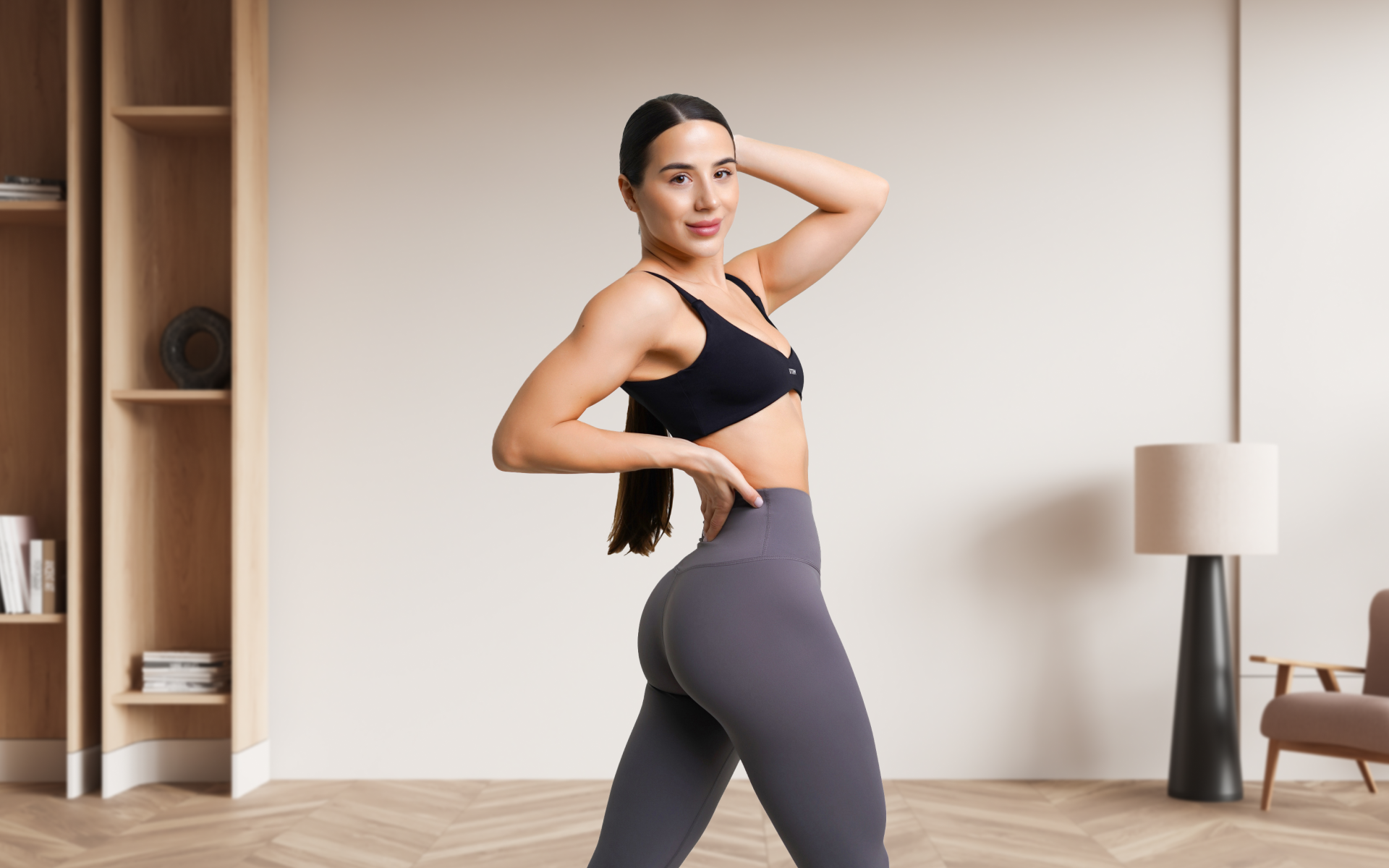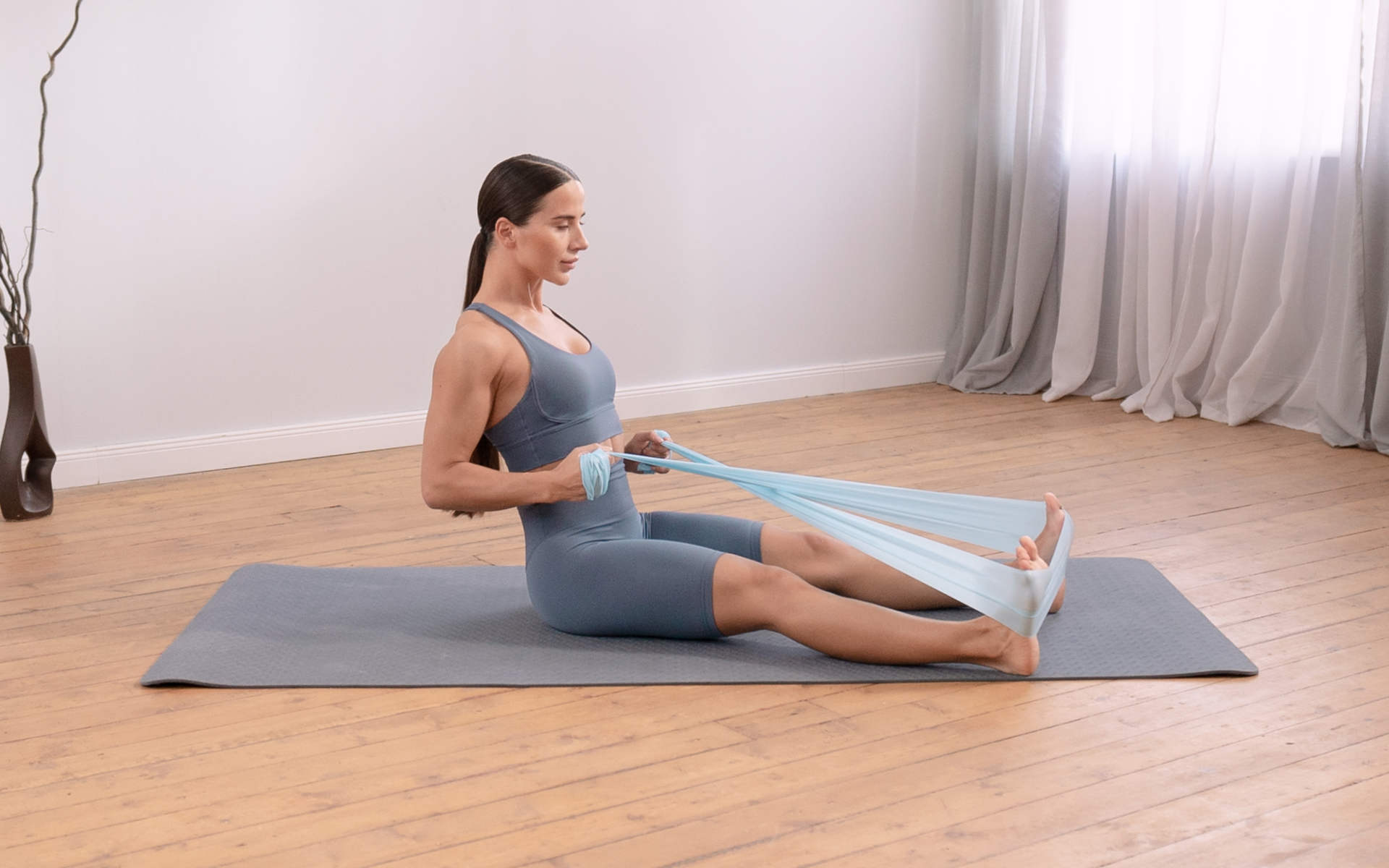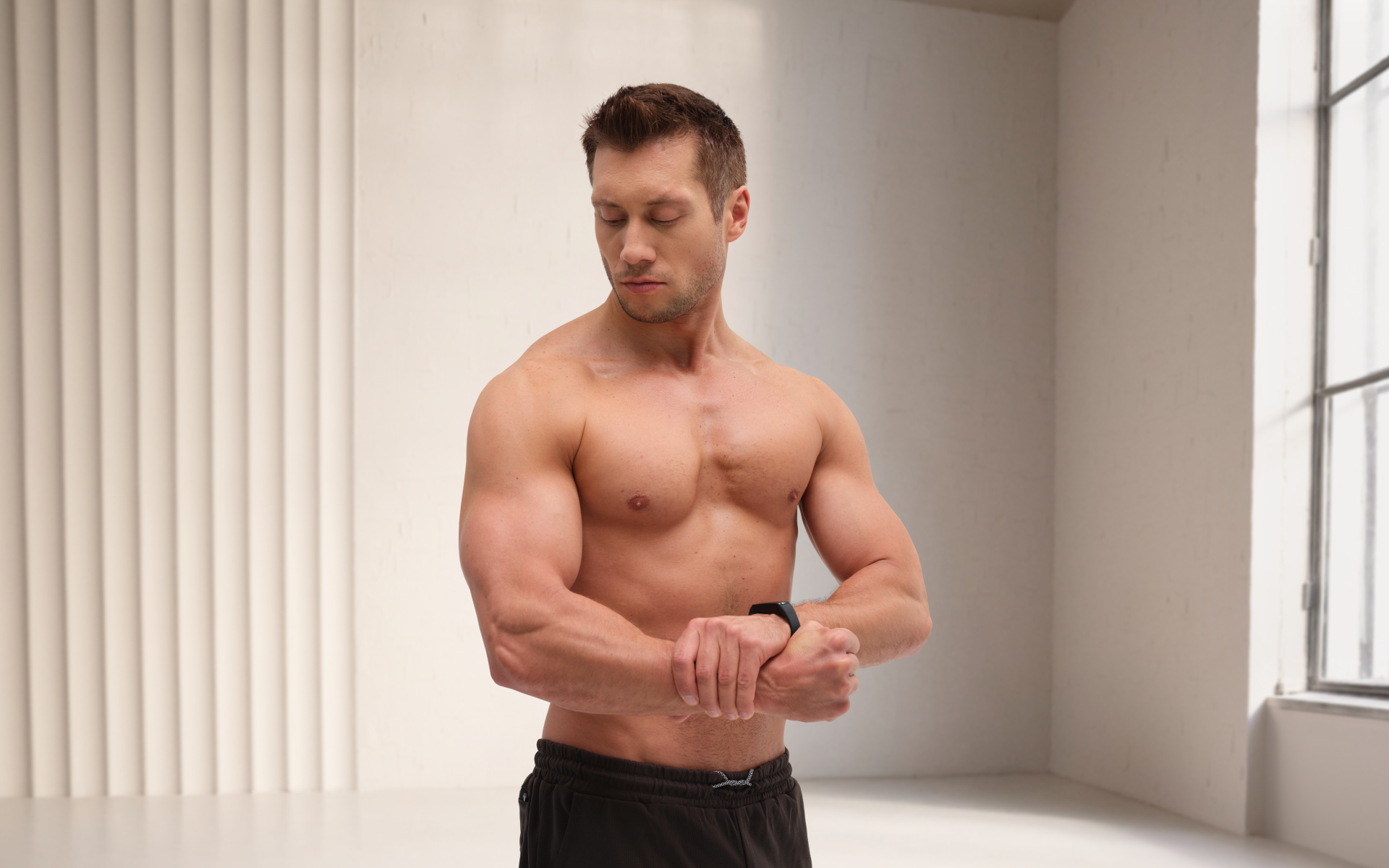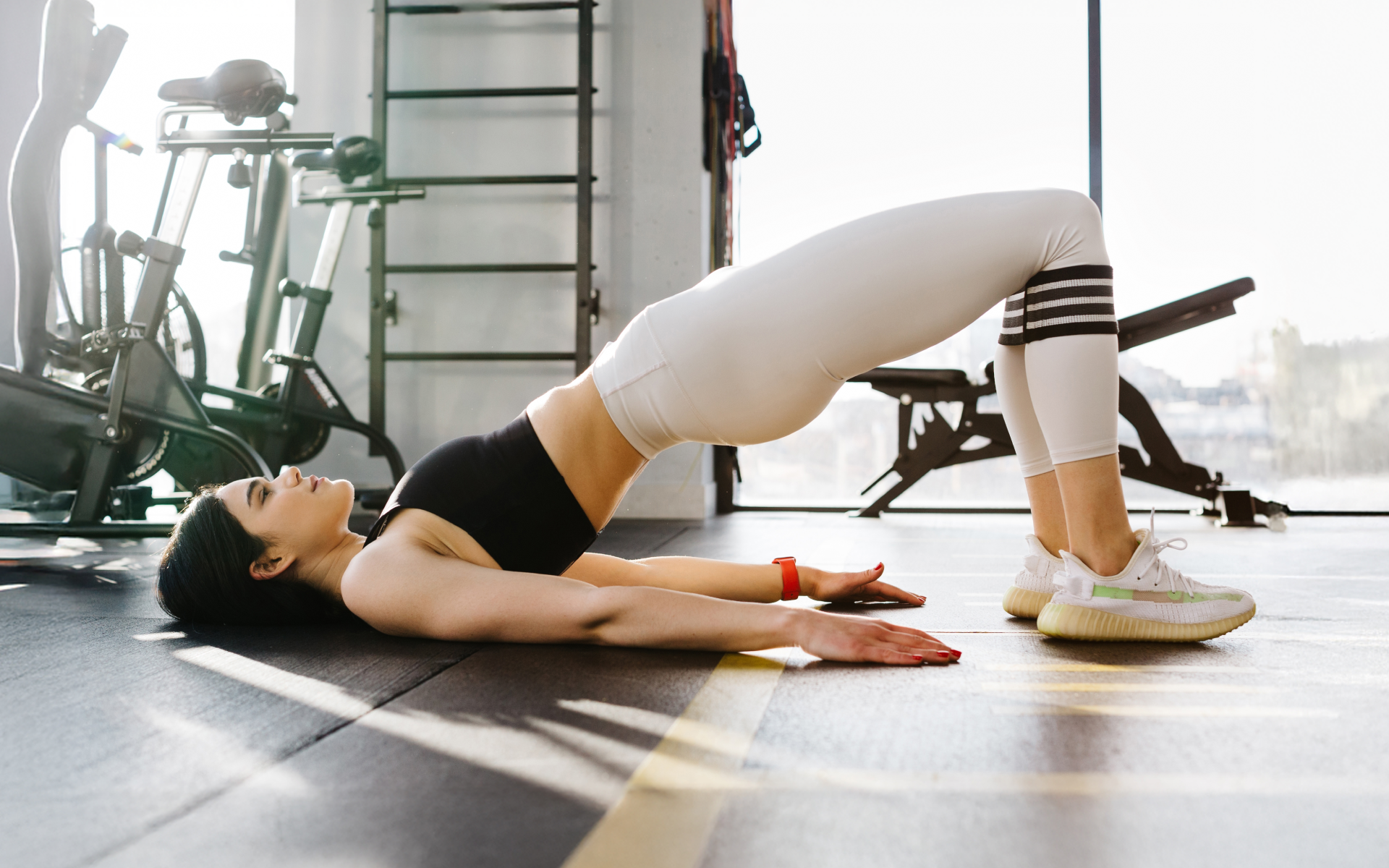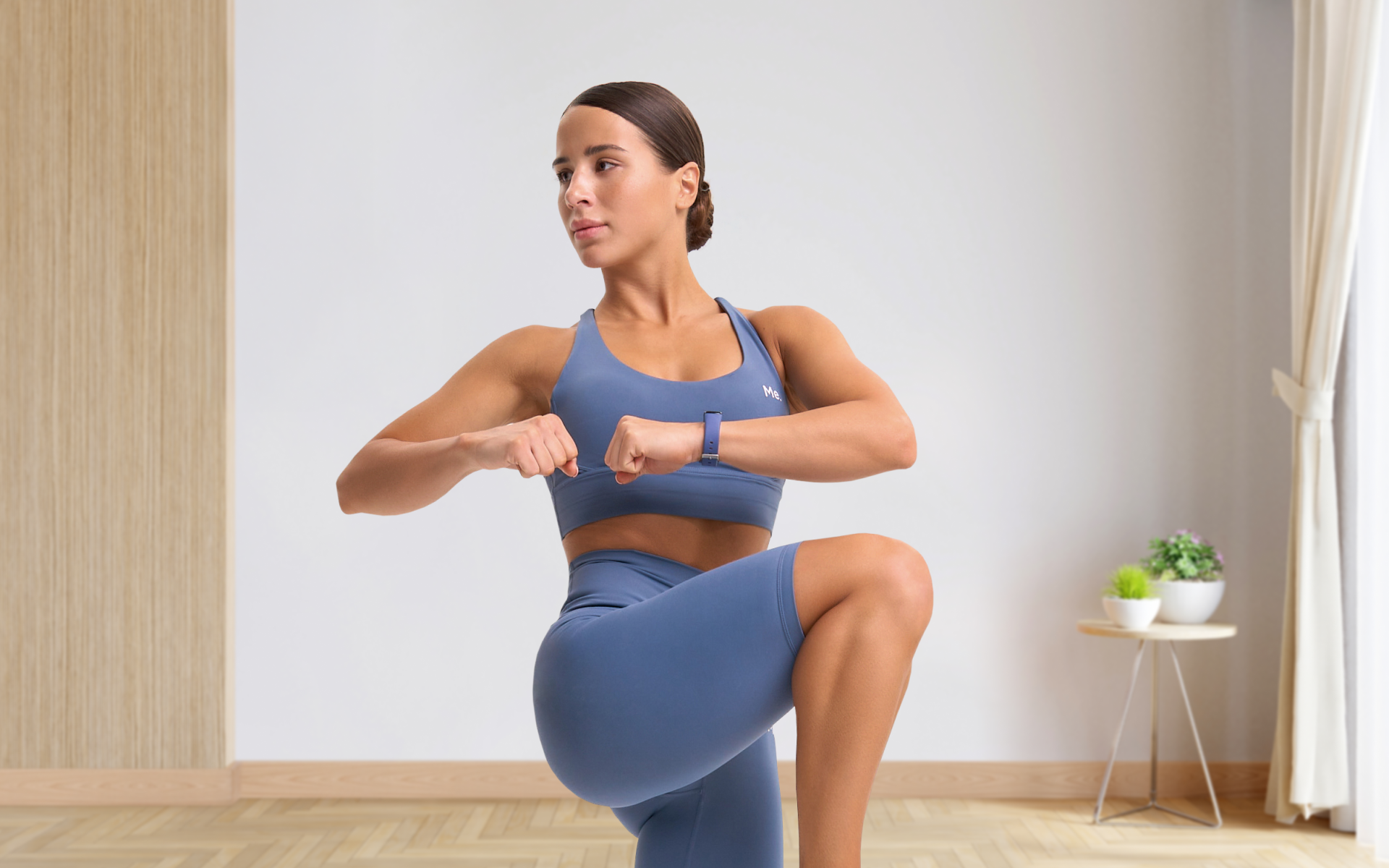What if we told you that you can get stronger without hitting the gym and lifting heavy weights? An overall myth about serious “gym training” and “unserious home training” is still stuck in some people’s heads.
For sure, if you’re an avid gym goer who devours new exercises with more loads and challenges, it’s amazing. But let’s face it, not every person likes it.
There is a perfect alternative to gym workouts though – calisthenics. You train at home, increasing your strength and endurance, simply by engaging in these full-body workouts.
If you’re unfamiliar with the term, here’s an easy explanation.
Calisthenics is one of the oldest forms of resistance training originated in Ancient Greece. The word calisthenics means “beautiful strength” which indicates that this exercise is designed to make you stronger and well-shaped. Your body is the primary resistance in calisthenics, which makes it even more attainable and accessible to most people.
Besides defining your muscles, calisthenics is widely known for improving poor posture, flexibility, and “shaky” coordination. Being accessible to everyone, this type of activity gathers a large pool of newbies who want to improve their posture and flexibility, and of course, become more physically powerful.
Today you’ll learn information about the effects of calisthenics on building strength, the number of sets and reps you should perform to improve muscular strength, and to finish you will get 7 best calisthenics practices to do at home.
Calisthenics for strength: will it make me stronger?
Is calisthenics good for strength?
In a nutshell, yes, it is a great option for those looking to build strength.
Calisthenics is a top-notch way to build muscle and strength. By using your body weight as resistance, you challenge your muscles to grow and adapt to more difficult exercises which increase muscle mass and strength.
Let’s take a glimpse at the science that supports this:
- One study of 28 men found that eight weeks of calisthenics improved posture and body mass index (BMI) and also impacted strength (6). One group did calisthenics and the other followed their regular training routines. Researchers discovered that the group that did calisthenics increased the number of press-ups and pull-ups, despite not including these exercises in their calisthenics routine. The second group that engaged in their regular training routines did not improve on what they could do before the eight-week study began.
- Another big study in 2015 explored if calisthenics based training programs in Physical Education classes in school children had any positive outcomes for the children. The research supports that bodyweight calisthenics exercises (such as squats, push-ups, and lunges) increased their strength, compared to recreational sports activities alone (1).
- Another study with push-ups points out that increasing repetitions can help build muscular endurance. By doing more push-ups you get your muscles to endure more push-ups before reaching fatigue. Yet, you need to vary and progress the exercise if you want to increase muscle strength as you progress (2).
Therefore, calisthenics can be beneficial for building strength. Repeating the movements will make you stronger. Even though you can’t add more weight to your calisthenics exercises, you can progress them in other ways to continue building strength.
The most potent way to gain strength and muscle through calisthenics is by adapting progressive overload principles, instead of simply adding more reps.
If you struggle to even flirt with the idea of giving up your favorite foods or working out till your legs give way – BetterMe app is here to breathe a fresh perspective into the way you view the weight loss process! Check out the app and experience the fun side of fitness and dieting with BetterMe!
Is 20 minutes of calisthenics enough?
Yes, you will see significant improvements in your strength by performing two or three 20-30-minute sessions of strength training per week, according to the Mayo Clinic (4).
Calisthenics exercises engage multiple muscle groups. This makes it an excellent option for those who want to get physically stronger, more agile, and shed some calories.
If you’re starting your calisthenics training, master these sessions twice or thrice a week. As you get the hang of proper form and technique, you may progress to more frequent sessions, such as 4-5 times a week.
If you want to get the most out of calisthenics training, try a healthy Calisthenics Diet that will help you reach desirable results faster.
How many sets of calisthenics for strength?
Calisthenics for beginners and advanced surely differ in the number of sets and repetitions.
Yet, there are essential guidelines for gaining strength through calisthenics.
Perform 3-4 sets per one exercise focusing on the 6-12 repetitions. Still, it all depends on the exercise, as some may be more difficult than others.
Beginners ideally should start with 2-3 sets of 10-12 reps. Remember to listen to your body’s feelings during each exercise. Nagging pain would be the main reason to stop an exercise and check with a doctor before proceeding with your program.
Also, warming up and cooling down before and after the workout is vital to muscle recovery and decreased risk of injury.
Do high-rep calisthenics build strength?
Adding repetitions to your exercises may be helpful for building strength. Progressive overload is exactly what you need at this point. Adding repetitions is one way to gradually increase the intensity of your workout (3).
Here are effective ways to progress in calisthenics:
- Change the angle of the exercise. For example, in a reverse lunge, you can increase the height of your platform creating a deficit lunge. When it comes to push-ups you may start with elevating your feet, which will recruit more muscles in your chest, arms, and back.
- Do tempo training. Move slowly through an exercise and focus on the eccentric and concentric phases. Allowing you to increase your time under tension.
- Change the base of your support. For instance, you can progress from a bodyweight squat to a pistol squat, and squatting one leg instead of performing a typical squat.
- Add plyometrics. Utilizing high impact variations of exercise can increase the intensity of an exercise. Examples of this may be a jumping lunge, jumping squat, or push-up with a clap.
Read more: Starter Calisthenics: Shape Yourself Up With Beginner Full-Body Training
What is the best exercise for calisthenics?
We have collected 7 top-notch calisthenics for strength at-home exercises to empower you not only physically but mentally. If you have Calisthenics Equipment for Home, you may use it for more advanced exercises. These activities do not require any equipment.
- Plank
- Lunges
- Squats
- Push-ups
- Burpees
- Trunk Twists
- Jumping Jacks
Plank
How to perform:
- Get in the plank position by lying facing down with your forearms and toes on the floor. Keep your elbows directly under your shoulders and your forearms are facing forward.
- Engage your abdominal muscles and lift your hips off the ground keeping your torso straight. This is the neutral spine position. Keep your shoulders down and your heels over the balls of your feet.
- Hold this position for 20 seconds. Release to floor.
- Over time work up to 30, 45, or 60 seconds.
Lunges
How to perform:
- Stand straight with feet shoulder-width apart.
- Step one foot approximately 2-3 feet in front of you. Make sure your foot lands flat on the floor. Your rear heel should rise off of the floor.
- Bend your knees to 90 degrees as you lower yourself. Keep your trunk upright and core engaged.
- Forcefully power up to standing and return to the original position.
Squats
How to perform:
- Stand with your feet a tad wider than hip-width and toes facing slightly out.
- Sit your hips back, bend at the knees while pressing your knees slightly open.
- Sit into a squat position keeping your heels on the ground and back straight.
- Drop low enough that your thighs are at least parallel to the floor
- Press into your heels and straighten your legs to return to a standing position.
Whether you’re a workout beast or just a beginner making your first foray into the world of fitness and dieting – BetterMe has a lot to offer to both newbies and experts! Install the app and experience the versatility first-hand!
Push-ups
How to perform:
- Get on the floor on all fours, placing your hands slightly wider than your shoulders.
- Don’t lock your elbows.
- Extend your legs back to balance on your hands and toes in a high plank position.
- Tighten your core pulling your belly button toward your spine.
- Inhale and slowly bend your elbows, lower yourself to the floor, until your elbows are at a 90-degree angle.
- Exhale and push back up through your hands, returning to the starting position.
Burpees
How to perform:
- Get in a standing position with your feet shoulder-width apart, arms at your sides.
- Squat down to place your hands on the floor in front of your feet.
- Kick your legs back into a high plank position creating a straight line.
- Lower toward the ground and bend your elbows bringing your body toward the floor into a push-up. Your body should be straight and your core tight.
- Rise back to high plank.
- Return to a squat position. Jump your legs forward. As you land, make sure your feet are flat on the floor.
- Jump! Reach your arms up towards the ceiling. Land in the original standing position and then go back to Step 1 and restart the process.
Trunk Twists
How to perform:
- Stand with your feet shoulder-width apart.
- Raise your arms to your shoulder level, extended out.
- Twist from your core and pivot your feet.
- First, twist to the right side and then to the left side. Twist your arms in the same direction as your core.
Jumping Jacks
How to perform:
- Stand in a straight position with your feet together, arms at sides.
- Slightly bend your knees, jump your feet out to your body’s sides, swing your arms out to either side, and lift them above your head. Do all these things simultaneously.
- Land on the floor and return to your starting position with arms by your side and feet together.
- Repeat the entire process, performing between 20-40 seconds for about 3 sets.
- Throughout the entire movement, you should maintain your posture and avoid slouching.
Read more: A Good Calisthenics Workout Has These 9 Exercises
FAQs
Is 20 minutes of exercise enough to build muscle?
It depends on your current fitness level. Surely, 20 minutes of strength training may be effective in building muscle for beginners. Perform these exercises at least twice a week. You won’t notice significant results right away, but even a single strength training session is helpful in muscle growth.
How long should a calisthenics workout be?
Taking a warm-up and cool down into account, the calisthenics workout takes between 30 minutes to one hour. If you’re beginning your calisthenics journey, focus on an amount of time that is manageable for you and work up to longer sessions.
Will 20 minutes of exercise make a difference?
Yes, it will. People underestimate such short periods of exercise. But the truth is, 20 minutes is better than no movements at all. Engaging in a 20-minute calisthenics workout will make a difference. Following the proper technique will help you reap many benefits starting from improved posture to muscle growth.
Can you get fit with a 20-minute workout?
In 20 minutes you can begin burning calories and improving your strength.Remember this: your body needs to move to transform. But a single exercise session is not enough in itself. Other factors contribute to a healthier body: stabilized sleep time, better meals, and hydration. Focusing on more walking can also help improve your metabolism greatly.
The Bottom Line
Calisthenics for strength: will it make me stronger?
Hopefully, you got your answer.
In general, calisthenics is an excellent bodyweight workout routine designed for making you stronger and more flexible. Multiple studies prove its positive effects on muscle growth and strength.
20 minutes of calisthenics three times a week is a great place to start.
Progressing calisthenics for strength at home is possible by ramping up the number of reps, changing the angle of the exercise, changing the base of your support, utilizing high impact variations, and doing tempo training.
You have also received the key 7 calisthenics beginner-friendly exercises you can do at home today. Start with a warm-up and end with a gentle cool-down.
Note, stop the exercise when facing any nagging or sharp pains in your body.
DISCLAIMER:
This article is intended for general informational purposes only and does not serve to address individual circumstances. It is not a substitute for professional advice or help and should not be relied on for making any kind of decision-making. Any action taken as a direct or indirect result of the information in this article is entirely at your own risk and is your sole responsibility.
BetterMe, its content staff, and its medical advisors accept no responsibility for inaccuracies, errors, misstatements, inconsistencies, or omissions and specifically disclaim any liability, loss or risk, personal, professional or otherwise, which may be incurred as a consequence, directly or indirectly, of the use and/or application of any content.
You should always seek the advice of your physician or other qualified health provider with any questions you may have regarding a medical condition or your specific situation. Never disregard professional medical advice or delay seeking it because of BetterMe content. If you suspect or think you may have a medical emergency, call your doctor.
SOURCES:
- Does a Calisthenics-Based Exercise Program Applied in School Improve Morphofunctional Parameters in Youth? (2015, researchgate.net)
- Effect of Progressive Calisthenic Push-up Training on Muscle Strength and Thickness (2018, ncbi.nlm.nih.gov)
- Progressive overload without progressing load? The effects of load or repetition progression on muscular adaptations (2022, ncbi.nlm.nih.gov)
- Strength training: Get stronger, leaner, healthier (2023, mayoclinic.org)
- The advantages of body-weight exercise (2022, health.harvard.edu)
- The effects of a calisthenics training intervention on posture, strength and body composition (2017, iospress.com)


